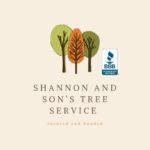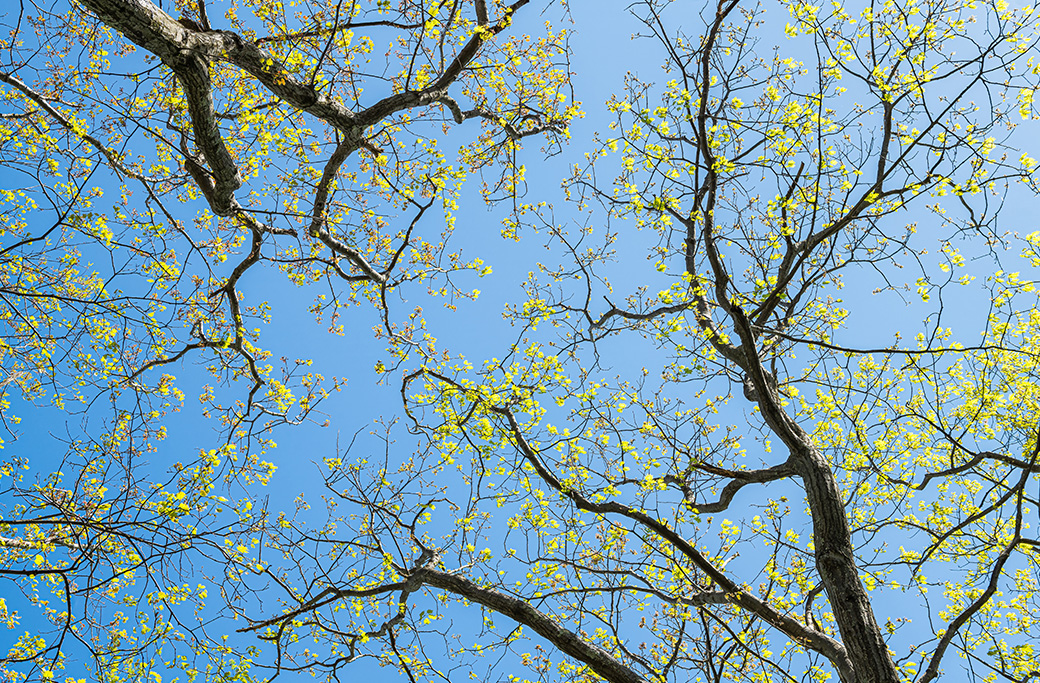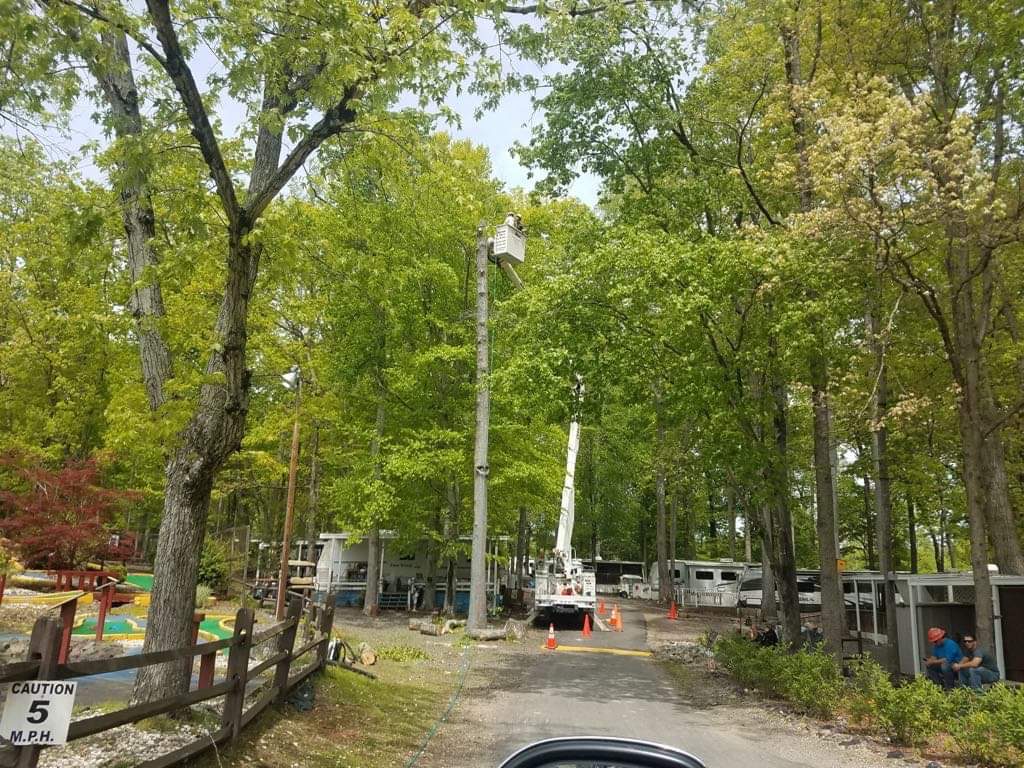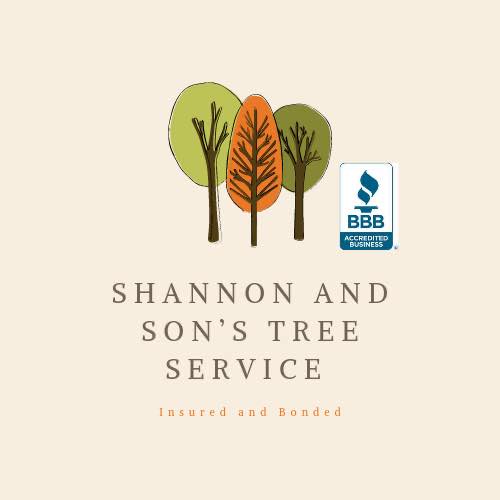Trees are a beautiful addition to any landscape, but they require maintenance to keep them healthy and looking their best. This is especially true in the spring when the trees are starting to grow again after the winter months of dormancy. But how can you tell if your trees need a trim? These are some of the most common signs that your trees need a trim this spring, and why it’s important to address these issues sooner rather than later.
Broken or Dead Branches
If you notice any broken or dead branches on your trees, it’s time to call in the professionals for a trim. These branches can be dangerous as they could fall at any moment, injuring anyone below them or damaging your property. Additionally, removing these branches will help the tree focus its energy on healthy growth instead of trying to repair or sustain the damaged ones. Neglecting to remove broken or dead branches can also lead to the spread of disease or pest infestation throughout the tree.
Overgrowth
Trees that haven’t been trimmed in a while can become overgrown, making them more susceptible to disease and damage from heavy winds and storms. Overgrowth can also pose a safety hazard, especially if the branches are growing too close to power lines. Regular trimming can prevent overgrowth and keep your trees healthy. It also allows for better air circulation and sunlight penetration, which is vital for tree growth.
Signs of Disease
Certain diseases can affect trees, causing them to deteriorate and die if not addressed. Some common signs of tree disease include yellowing leaves, spots on the bark, and stunted growth. Trimming infected branches can prevent the spread of disease and help save the tree. If you notice any of these signs, or the ones listed below, it is recommended to consult with a professional arborist or tree specialist for proper diagnosis and treatment.
- Discolored or wilting leaves
- Presence of fungi or mushrooms on the trunk or branches
- Bark damage or peeling
- Excessive dead branches or twigs
- Stunted or abnormal growth
- Visible pests or insect infestation
- Early leaf drop or defoliation
Leaning Trees
If you notice that one of your trees is leaning more than it used to, it’s possible that it could be at risk of falling. This is especially true if there is any visible damage to the trunk or roots. Addressing leaning trees should be done with utmost caution and professional advice. It is crucial to determine whether the lean poses a risk or not. A tree leaning due to growth towards sunlight, known as phototropism, is usually harmless. However, a sudden lean indicates a potentially unstable tree. When you spot a leaning tree, the first thing to do is to check for any signs of distress, such as cracks in the trunk, exposed roots, or soil heaving at the base.
If you’re unsure of the severity of the lean or the health of the tree, consult an arborist or a tree specialist. They can assess the tree’s overall health and structural integrity, and recommend whether pruning, bracing, or in worst cases, removal, is necessary. Always remember, safety should be the primary concern, so it’s advisable not to attempt fixing a severely leaning tree without professional help.
Branches Touching Structures
Finally, if any of your tree branches are touching your home or any other structures on your property, it’s time for a trim. Branches that are touching structures can cause damage to your roof or siding, and can also provide a pathway for pests to enter your home. As trees grow, their branches may start to touch or even grow into nearby structures such as your house, garage, or fence. This not only looks unsightly but can also cause damage over time. Trimming these branches will not only improve the appearance of your property but also prevent potential costly repairs in the future.
Spring Trimming
Trimming your trees in the spring is crucial for their overall health and longevity. It allows for the removal of any damaged or diseased branches, promotes proper growth and structure, and can prevent potential hazards from occurring. By addressing these issues early on, you can avoid more extensive and costly tree maintenance in the future. Trees are an important part of any landscape, but they require maintenance to keep them healthy and looking their best. By being able to identify the signs that your trees need a trim, you can ensure that they stay healthy and continue to enhance your property for years to come. If you noticed any of the above-mentioned signs, it’s time to call a professional tree service to assess your trees and provide any necessary maintenance. At Shannon & Sons tree service, we provide expert tree trimming and pruning services to help keep your trees healthy and beautiful. Contact us today to schedule a consultation!



